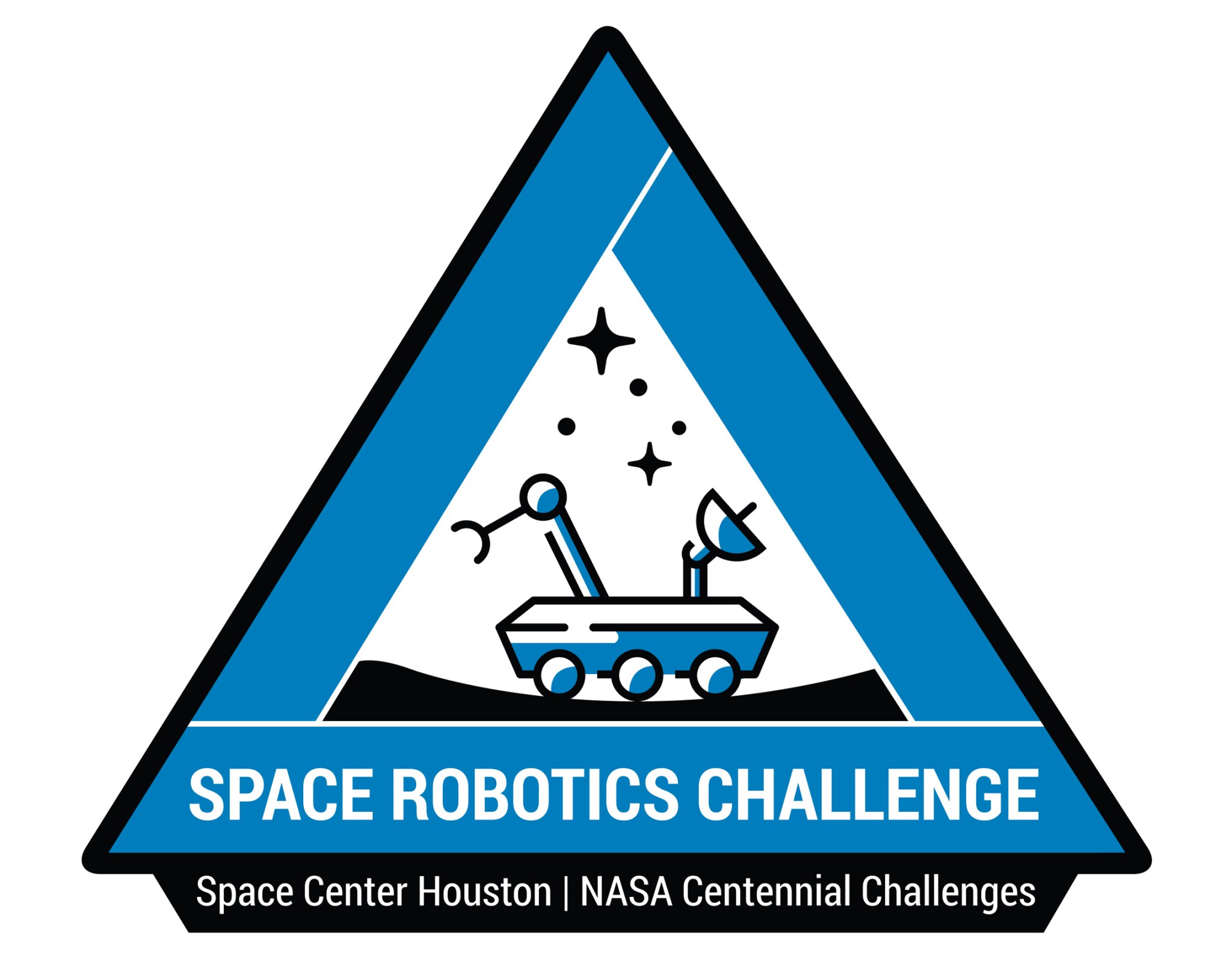Autonomous robots will assist future astronauts during long-duration missions to other worlds by performing tedious, repetitive and even strenuous tasks. These robotic helpers will let crews focus on the more meticulous areas of exploring. To help achieve this, NASA’s Centennial Challenges program, along with Space Center Houston of Texas, opened the second phase of the NASA Space Robotics Challenge. This virtual challenge aims to advance autonomous robotic operations for missions on the surface of distant planets or moons.
“We believe the public has ideas that can help us advance the state-of-the-art in autonomous robotic operations on planetary surfaces,” said Jim Reuter, associate administrator for NASA’s Space Technology Mission Directorate. “The first phase of this competition demonstrated teams could create sophisticated autonomous software, and this second phase will push teams to pair those capabilities with tasks that will be critical to exploring the Moon and Mars.”
Phase 2 invites competitors from the public, industry and academia to develop code for a team of virtual robots that will support a simulated in-situ resource utilization (ISRU) mission for the Moon. ISRU involves gathering and using materials found locally on other worlds. The challenge requires participants to develop software that will advance technologies needed for fully autonomous operations, navigation and decision-making capabilities on the lunar surface. It will be divided in two rounds: the qualification round and final competition. Prior participation in Phase 1 is not a requirement to participate in Phase 2 of the competition.
For the qualification round, teams will be given three tasks to complete within a simulation representing a capability needed to execute an autonomous ISRU mission. The top 25 teams that meet minimum scoring requirements will be awarded prizes from a $375,000 prize purse. They will also be invited to participate in the competition round.
The competition round will require teams to build upon their software to demonstrate autonomous operations over a long-term ISRU mission. Up to 10 top scoring teams will be awarded prizes from a $625,000 prize purse according to their final scores. The software developed will be tested on robotic systems within a simulated lunar environment.
Phase 1 of the challenge concluded in June 2017 and focused on NASA’s R5 humanoid robot operating in a virtual Mars environment. It consisted of two challenge rounds and tasked competitors with advancing the capabilities of humanoid robot dexterity to better enable robots to work alongside, and independent of, astronauts.
Space Center Houston is working with NASA to help design and execute the competition. Space Center Houston is a Smithsonian affiliate non-profit and the space museum functions as the official visitor center for NASA’s Johnson Space Center in Houston.
Centennial Challenges, part of the prizes and challenges portfolio within NASA’s Space Technology Mission Directorate, offers incentive prizes to generate revolutionary research and technology solutions to problems of interest to NASA and the nation. Centennial Challenges is managed at NASA’s Marshall Space Flight Center in Huntsville, Alabama.
For information about the Space Robotics Challenge, visit:
www.spaceroboticschallenge.com
For information on prizes and challenges at NASA, visit:
Jenalane Rowe
Marshall Space Flight Center, Huntsville, Ala.
256-544-5022
Jenalane.rowe@nasa.gov



























